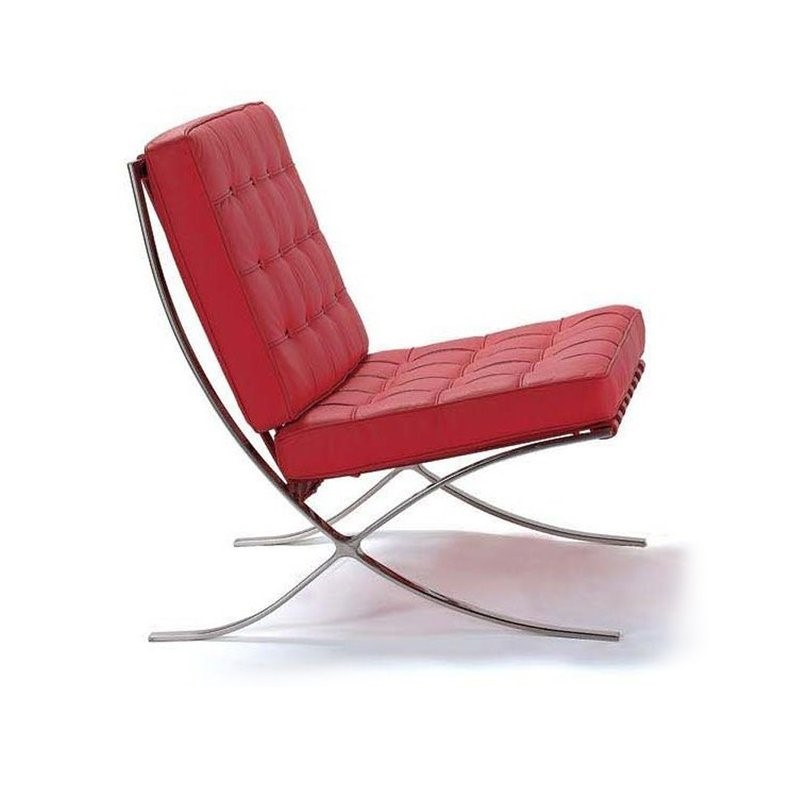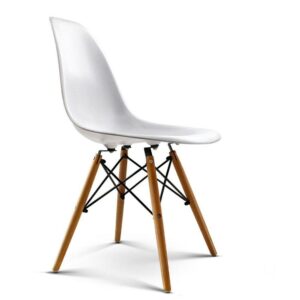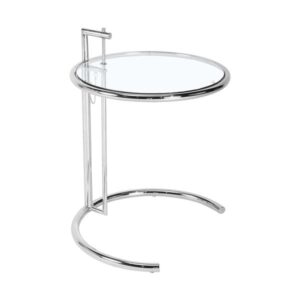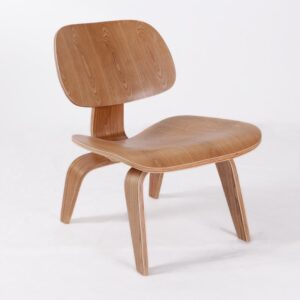The iconic status of the Barcelona chair is so great that it has its own page in Barcelona’s yellow pages. Not only that, it is also one of the oldest modern classics that still exist. It was designed in 1929 by German designer Ludwig Mies van der Rohe for the Spanish royal family. The birth of the Barcelona Chair dates back to the 1929 International Exhibition, the second World’s Fair, which took place in Barcelona, Spain.
The purpose of the exhibition was to exchange ideas for urban development in Barcelona. Germany was one of the participating countries in the exhibition, the home of designer Ludwig Mies van der Rohe. He was commissioned to build the German template for the exhibition, a pavilion that served as Germany’s official contribution. This is how Mies van der Rohe built the German pavilion, which is considered one of the masterpieces of the modern movement.
It was revered for its simple design and use of unconventional materials such as marble, red onyx and travertine. Mies van der Rohe did not know that it was a piece of furniture in his important pavilion that earned him the greatest recognition and recognition. Between 1945 and 1947, production of the Barcelona chair continued in New York, where it was produced by Titlegratz. During the transition period between 1945 and 1947, production of the Barcelona Chair continued in New York, where it was manufactured by Titlegratz.
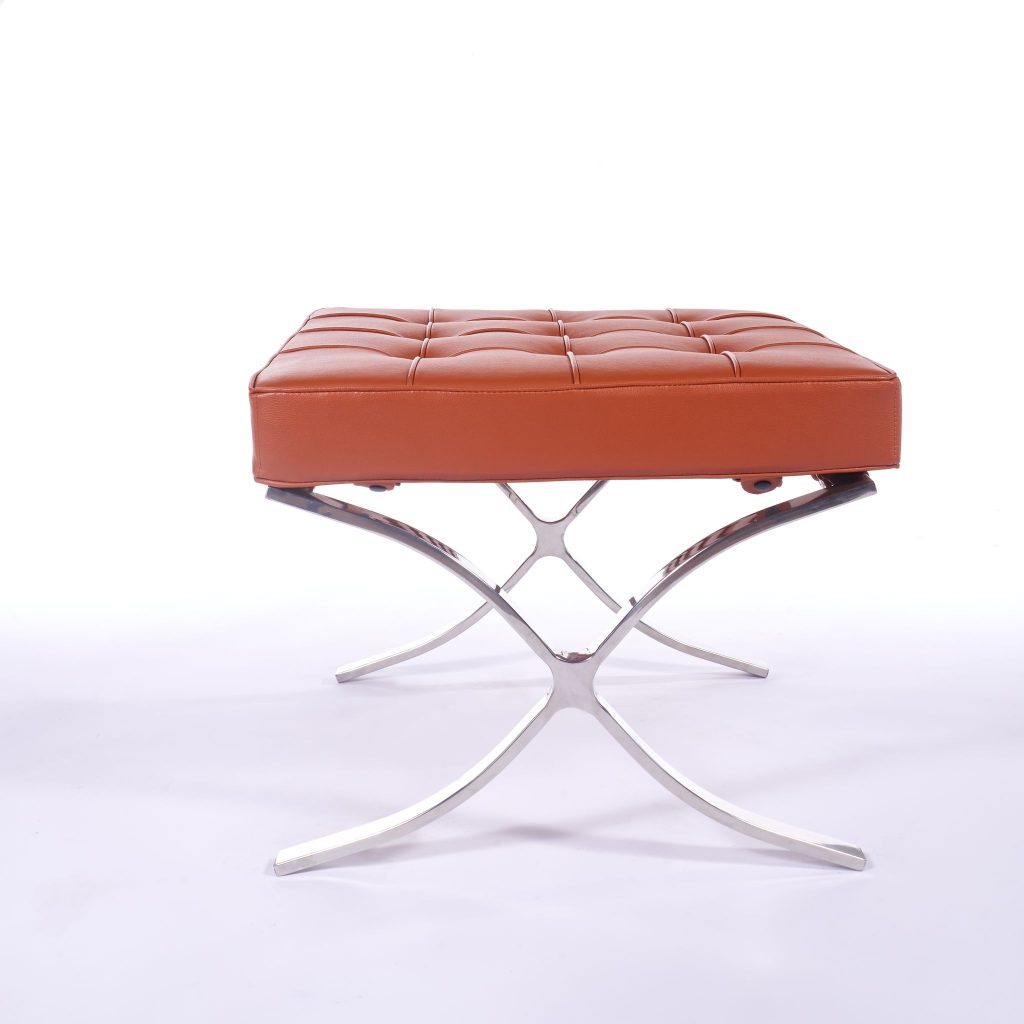
Originally designed for the exhibition, only two iterations of the Barcelona Chair were specifically designed for the Barcelona Pavilion. The inspiration and cultural connection to an ancient civilization, together with simplicity and formal purity, give the Barcelona chair a timeless charm, as evidenced by its success and uninterrupted production from 1930 to the present day. Learn more about the fascinating history of the Barcelona chair if you’re not yet convinced that it’s a very special piece. The residency was the first to use Bauhaus concepts and to introduce the Barcelona Chair to America.
Inspired by classic shapes, the simple, scissor-shaped design of the Barcelona Chair (known as Curule Seat) dates from 1500 BC. German-American architect Ludwig Mies van der Rohe often receives most or sole recognition for designing the Barcelona chair. The Barcelona chair was designed according to the technological possibilities of the time; the metal part initially consists of several parts that are connected with screws. These early iterations of the chair featured cushions filled with horsehair, as they were originally designed for the Barcelona pavilion.

The first commercial production of the Barcelona Chair followed shortly after the Barcelona Pavilion made its debut. Aware that King Alfonso XIII would be present, Mies also famously said that the Barcelona chair would be suitable for a king, giving way to the misconception that Barcelona Chair was designed as a monarchical object, an idea that has since been largely discredited by scholars. It is no coincidence that Mies was appointed Director of Architecture in 1930, the year after the Barcelona Chair was designed and built. Jefferson recalled, “I spoke to Bobby Cadwallader, the former director of Knoll, and he said, ‘I don’t know what Chicagoans are all about, but they seemed to order these bronzed Barcelona chairs en masse.
The architect and designer Ludwig Mies van der Rohe has done just that with the Barcelona Chair, an object whose popularity has endured for almost a century.
References:
- The History behind the Barcelona Chair | Barcelona Designs
- Here’s How the Iconic Barcelona Chair Design Came to Be
-
Product on sale
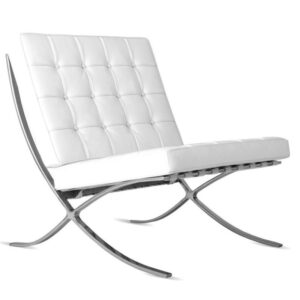 Premium Barcelona Chair White – Mies Van Der Rohe ReplicaOriginal price was: €747,00.€429,00Current price is: €429,00.
Premium Barcelona Chair White – Mies Van Der Rohe ReplicaOriginal price was: €747,00.€429,00Current price is: €429,00. -
Product on sale
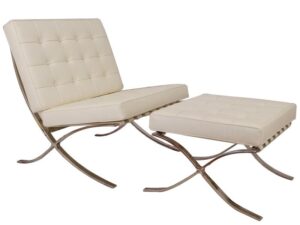 Premium Barcelona Chair Cream Set – Mies Van Der Rohe ReplicaOriginal price was: €950,00.€689,00Current price is: €689,00.
Premium Barcelona Chair Cream Set – Mies Van Der Rohe ReplicaOriginal price was: €950,00.€689,00Current price is: €689,00. -
Product on sale
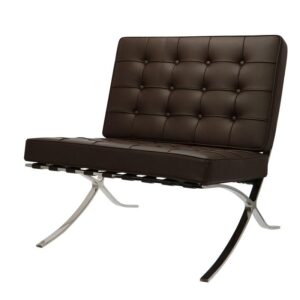 Premium Barcelona Chair Chocolate Brown – Mies Van Der Rohe ReplicaOriginal price was: €747,00.€439,00Current price is: €439,00.
Premium Barcelona Chair Chocolate Brown – Mies Van Der Rohe ReplicaOriginal price was: €747,00.€439,00Current price is: €439,00.

